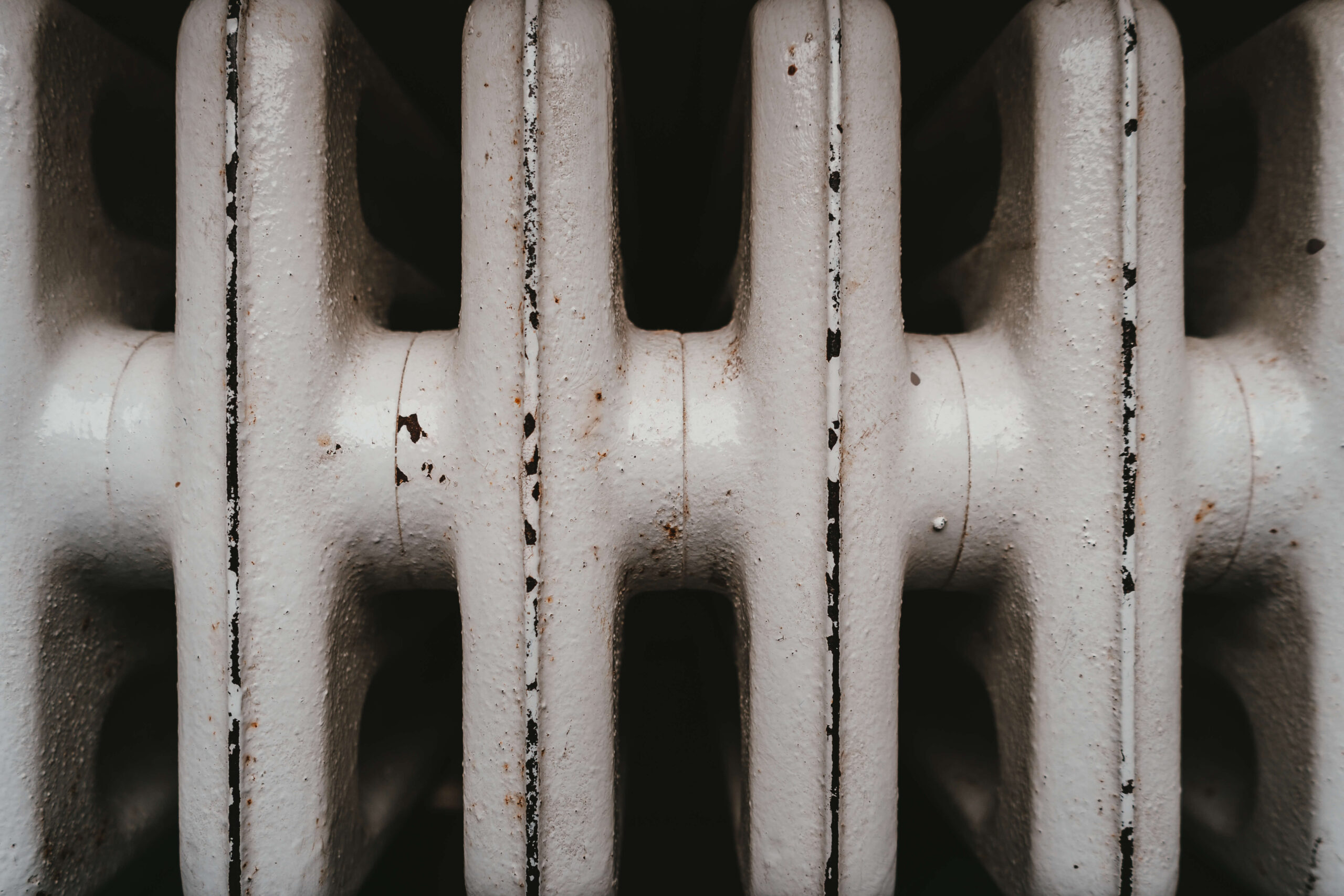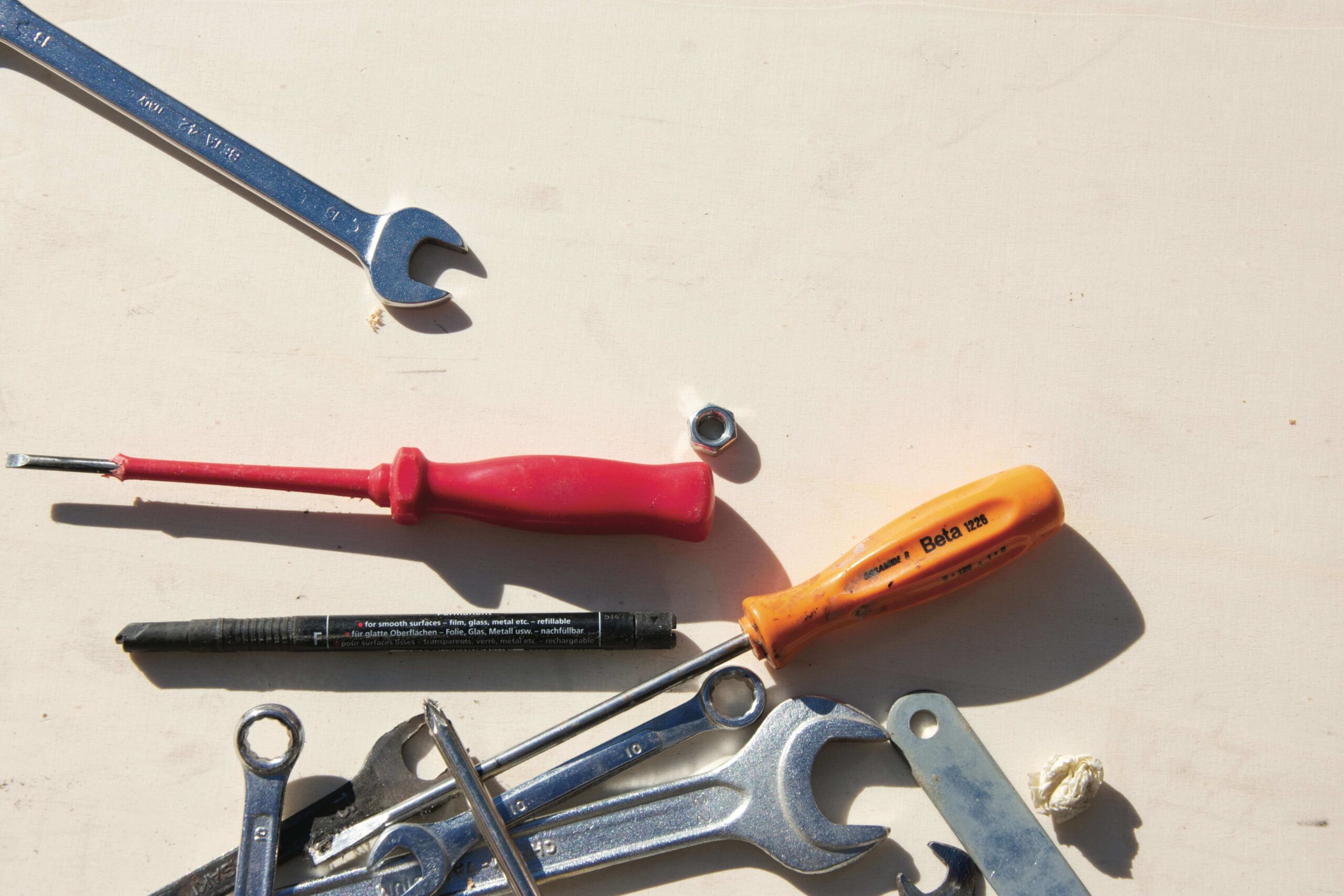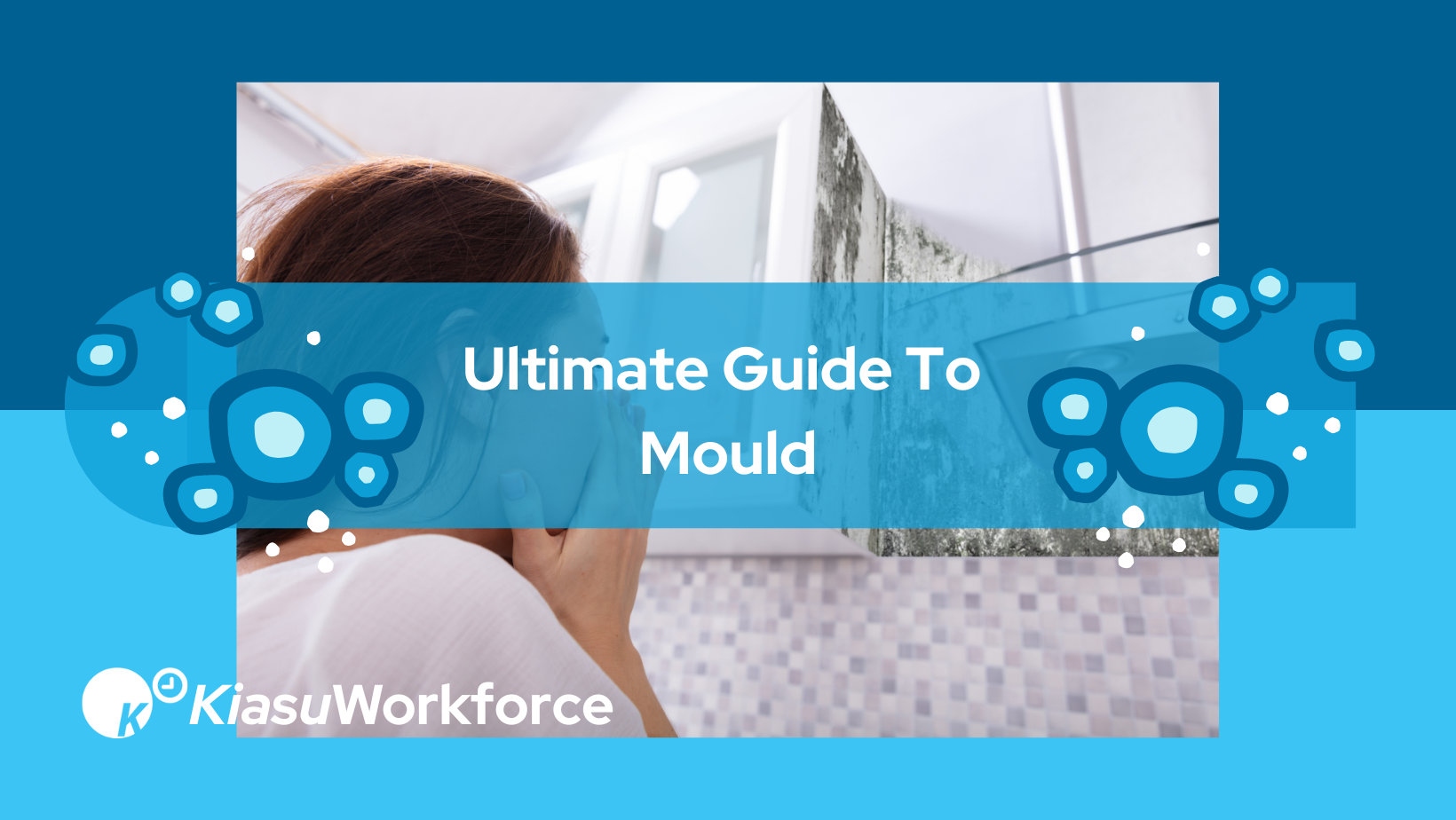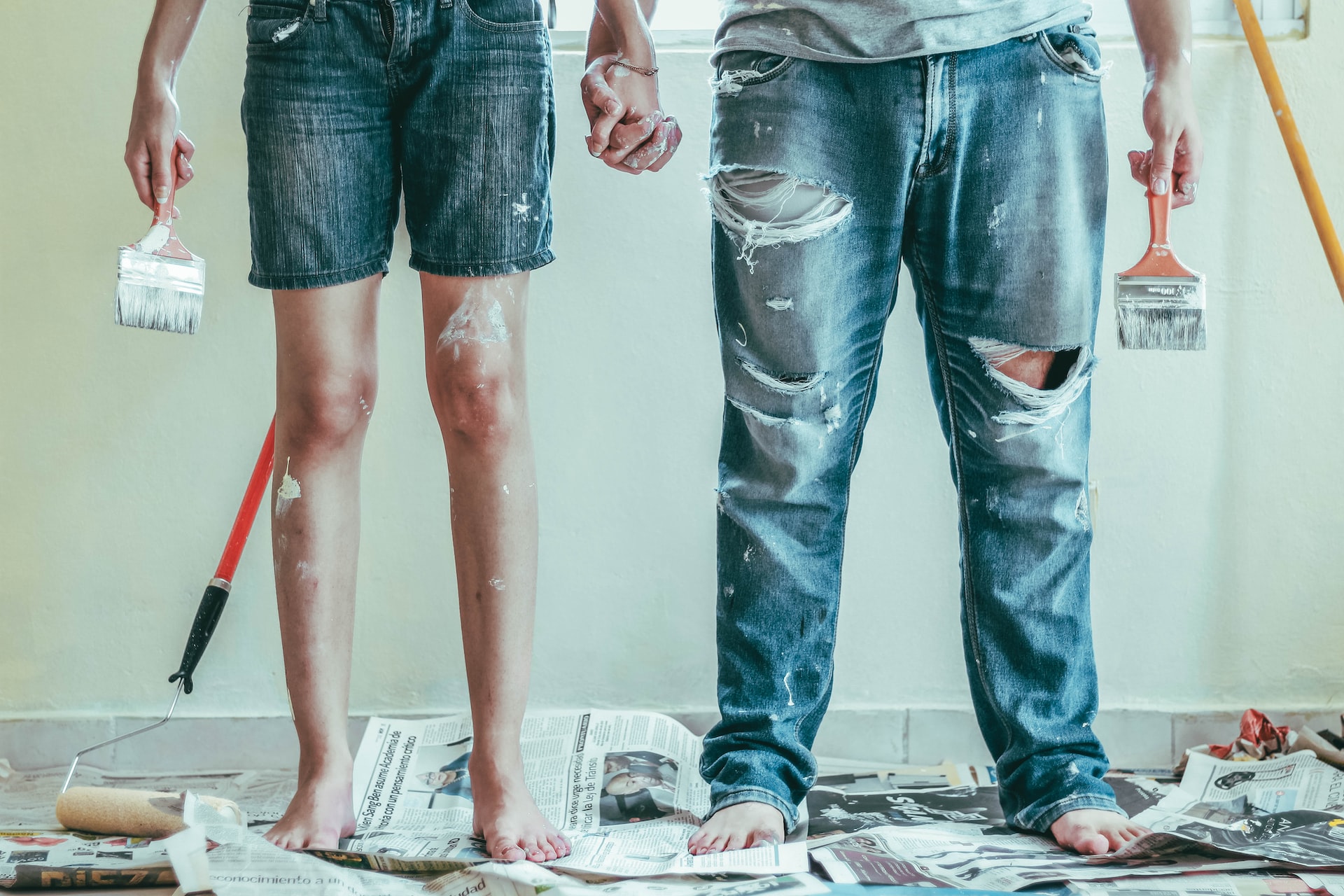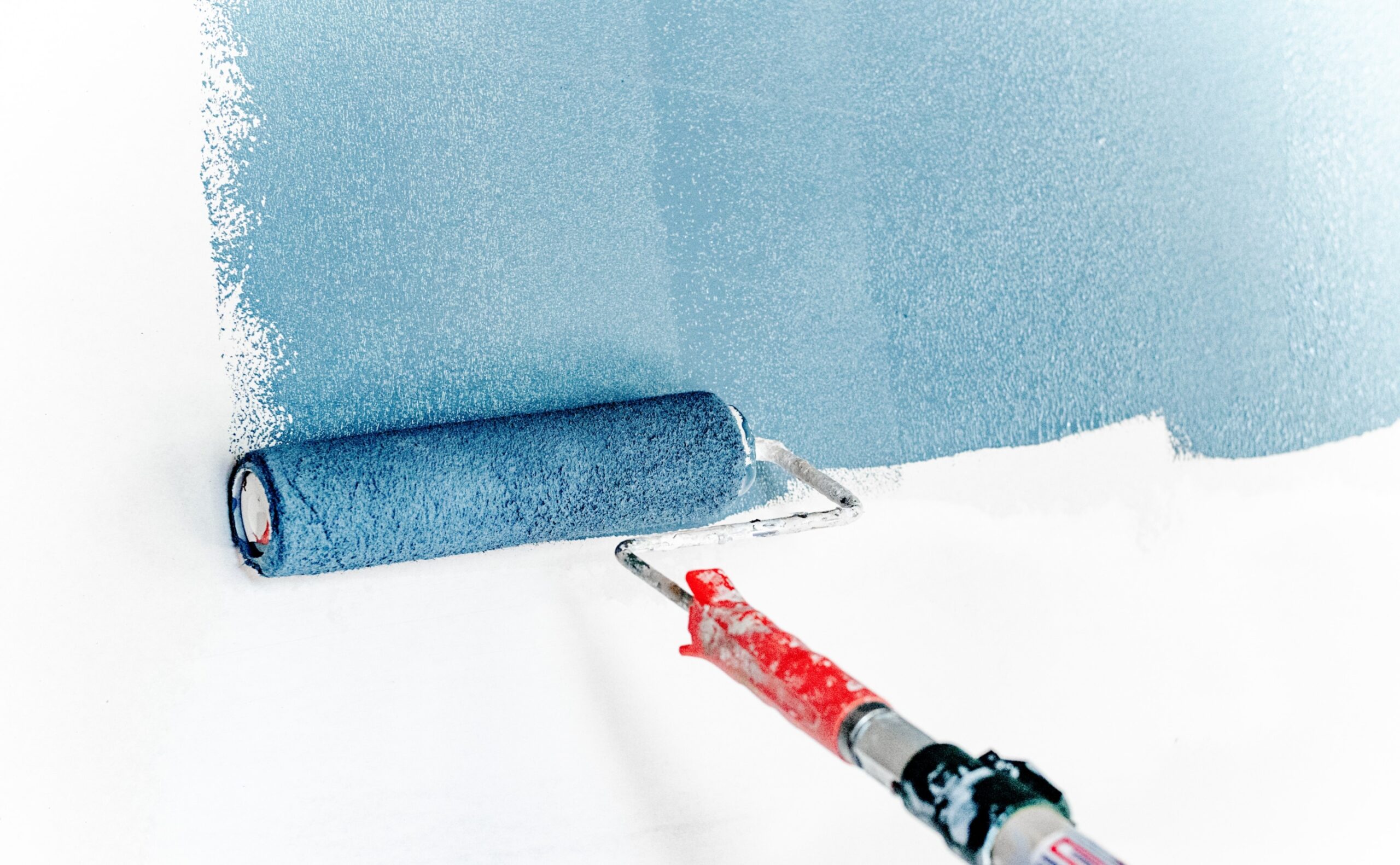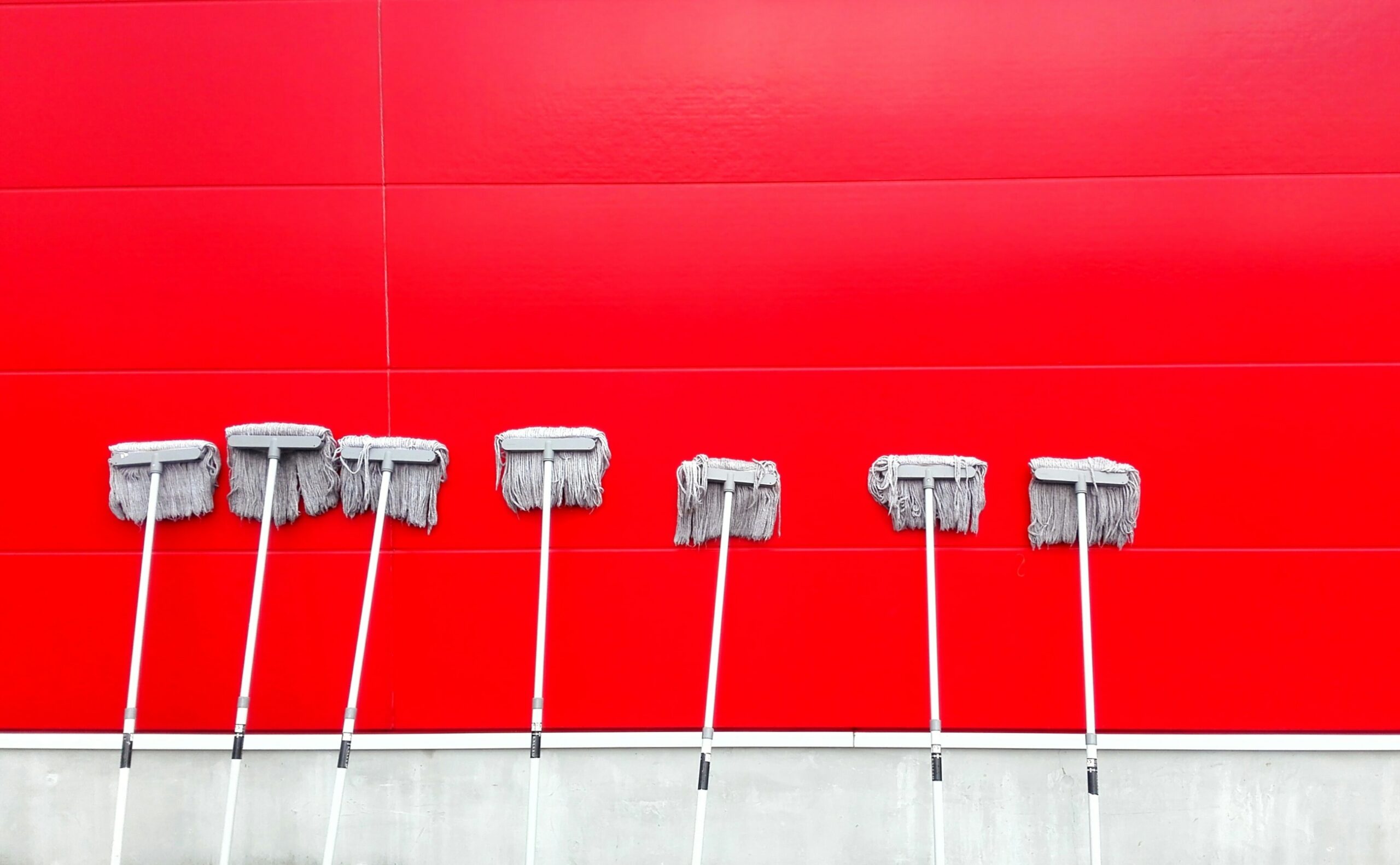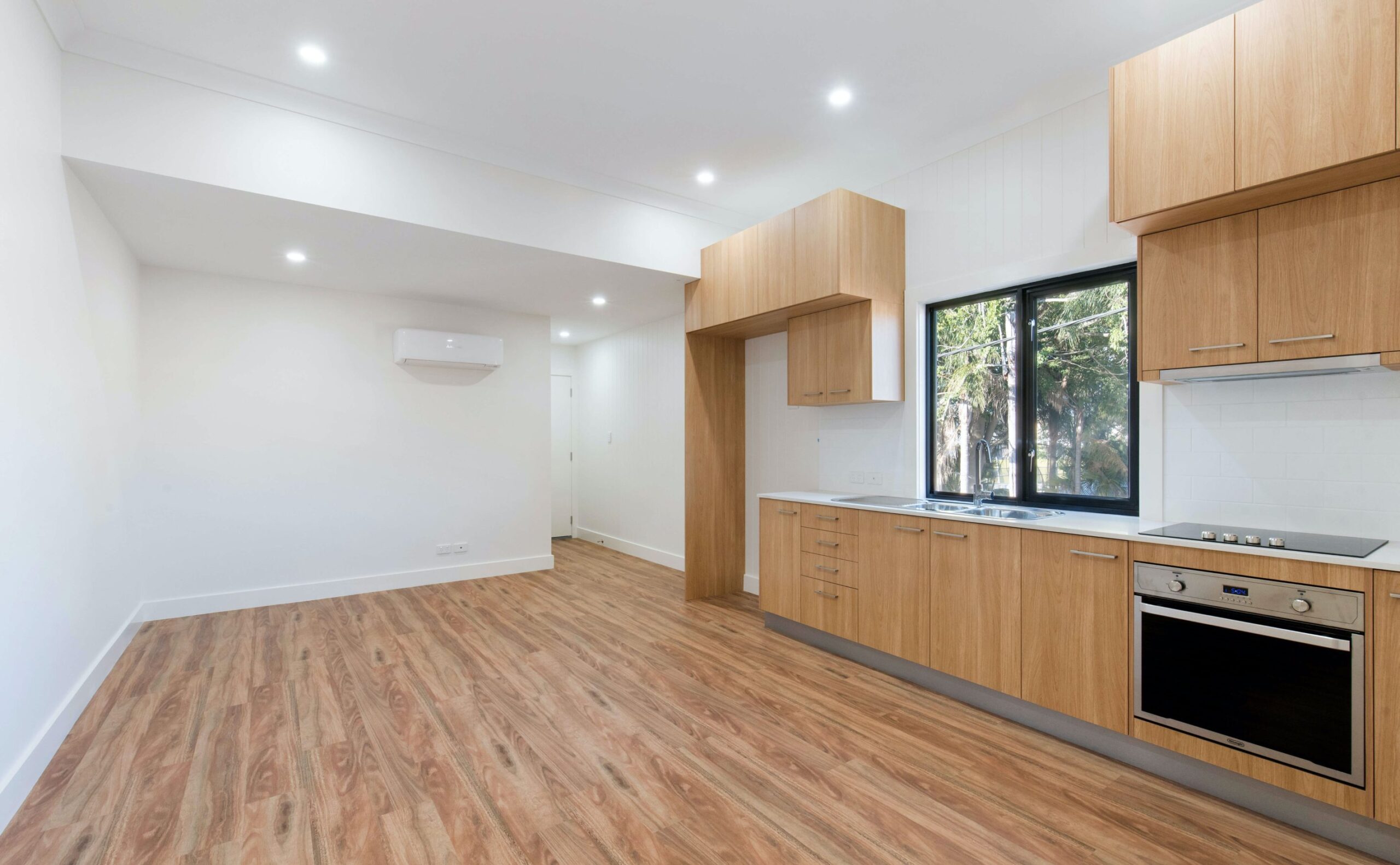You may be aware from news coverage in recent months that the UK is in the midst of an energy crisis that is only set to get worse. This news is daunting for everyone, particularly those who don’t have the means to cover a massively inflated energy bill. Perhaps you’ve already noticed the cost of your bills increasing, you’re avoiding using your central heating for as long as possible, and you’re looking at ways to cut costs in other areas to budget for your increased bill. Whatever you are doing to help cover the additional costs, there is a lot you need to know about the current energy situation and how it’s going to worsen in the coming months.
Inflated energy bills will affect everyone, from homeowners to landlords, so everyone needs to learn more about their bills and energy usage. We aim to shed some light on the current UK energy crisis and advise you on how to combat the extra costs, whether you’re a homeowner, business owner, or landlord.
What is an Energy Crisis?
It has been hard to avoid the pressing news of the energy crisis, even for those who don’t keep up with current affairs. It is an almost daily topic in British media channels, with more updates and information being regularly released. The UK Government is trying to tackle the issue in Parliament, looking at how they can subsidise the extra heating and electricity costs the nation is facing. The situation is not unique to the UK, however, and there are countries across the world that are facing similar problems when it comes to inflated costs.
An energy crisis is when the demand for fuel is greater than the supply. This means that energy providers cannot keep up with the energy demand. The increased demand leads to an increase in the cost of wholesale gas and other fuel sources. Energy crises have happened in the past for several reasons. The current situation is strongly linked to an ongoing conflict between Russia and Ukraine. Up until this year, Russia was one of the leading gas suppliers to Europe, but due to recent tension between Russia and NATO (North Atlantic Treaty Organisation) countries, they decided to cut off the supply.
Why is the UK the Worst Affected Western Country?
The UK has been the worst hit with a surge in energy costs because of how we access our electricity. Prices have gone up across Europe, but other countries, such as France and Germany, have managed to prevent the costs from rising to critical amounts. Unfortunately, as well as how we access our power, the UK also has the most energy-inefficient homes in Europe and some of the coldest weather.
The UK’s main source of heat energy is gas, unlike other European countries. Less than half of German and French households rely on gas for heating and electricity. To put it in perspective, 40% of the UK’s energy sources come from gas, whereas in Germany, this is only 6%.
Which People Will Be Most Affected?
The average UK energy bill is said to have increased by 54%, which causes huge problems for those whose budget only covers their old energy bill. The rise in energy bills comes in conjunction with a national recession, affecting people’s income, tax costs, and the general cost of living. This leaves many wondering how they will afford their energy bills in the coming months. Unfortunately, the price hike is only set to increase. The UK government initially offered financial support with an Energy Price Guarantee from October 1st, 2022. The scheme will prevent people from paying no more than £2,500 annually for energy.
However, recent weeks have seen a drastic change in this policy, which will now only be available until April 2023 as opposed to the initial 2-year timescale. This lack of government support will cause a massive increase in the average energy bill cost, up to £4,347. The UK’s poorest 10% are set to see 17.8% of their income funding their energy bills, while the top earning 10% will see 6.1% of their income go towards gas and electricity. The indirect effect of the rise in bills is also impacting the cost of living. This will increase the average UK household’s spend by another 2%.
Coping With Increasing Energy Prices
People across the country face a financial crisis like never before. Many are going to every extent to reduce their energy usage and bring down their bills. Energy bills are becoming the biggest outgoing for families, businesses, and landlords, so finding ways to reduce the spending will hopefully bring prices down. There are a few changes that can be made to help reduce energy usage in your property, such as:
- Cutting down on electricity (switching off lights, replacing old appliances, using energy-efficient bulbs, etc.)
- Upgrading boilers or installing thermostats
- Only putting the central heating on for short periods
- Installing log burners or utilising fireplaces in old properties
- Turning off standby appliances
- Insulating the loft space
- Investing in cavity wall insulation
- Getting a smart meter to measure energy usage
Making these small adjustments can have a helpful impact on energy efficiency in your property and reduce the overall cost of your monthly energy bill. There is also help that you can access if you are struggling to afford your bills. Knowing the benefits you may be entitled to will give you some extra income to help you through the coming months is essential.
Advice For Facing the Energy Crisis
Not only is the country facing an energy crisis, but it is also facing an economic recession at the same time. The Bank of England has estimated that we will feel the impact of this recession for at least 2 years. The current chancellor, Jeremy Hunt, has also told of his plans to make the recession as short as possible to help people through.
There is no doubt that this period of uncertainty will affect many people, and no one is exempt from seeing an increase in their outgoings. Whether you are a homeowner, own multiple properties, or run a business, you will undoubtedly already be facing increases in your energy bills. There is advice that we can provide for those struggling to help ease some of the strain in the coming months.
Homeowner
Anyone who owns their own home is facing a huge surge in energy bills. The daily cost of running the home has increased, much to people’s worry. Staying on top of your bills and bringing the price down in any way you can is essential for getting through this period. The government is providing one-off payments of £400 this Autumn to help subsidise increased costs. This money that was promised to take people through the next 2 years has sadly been retracted, so alternative methods must be used to help bring down bills.
Analysing the efficiency of your property is key to seeing where you are spending unnecessary money. Things such as broken window seals, old heating systems, and draughty doors will all contribute to your house feeling colder. They also make your heating system less efficient, costing you more money for less output.
Business Owner
Owning a business can be challenging at the best of times. The energy crisis will no doubt have put a strain on trade. Fewer people have disposable income to spend, and the price of running facilities is higher than ever. If you’re struggling to afford your bills, you must raise the issue with your energy provider. You can arrange a payment plan to help spread the cost so you can stay in business. The government also provides grants so you can improve your building’s efficiency.
Turning the lights and heating off outside of opening hours can be a helpful way to bring costs down. Also, installing a thermostat can help you stay on top of the temperature. If you are a restaurant or food business, you can look at ways of utilising the heat from your cooking appliances. Upgrading your appliances to more energy efficient alternatives will also help to reduce the cost of your bills.
Landlord
Owning multiple properties during a cost of living crisis may feel like a mistake. Perhaps you have already thought of selling your additional properties. If you have tenants, however, this may be tricky. It may ease your mind to know that you can do things that don’t involve giving up your properties. Managing energy bills is possible if you properly maintain your properties to minimise the energy needed to heat them. Things such as draught-proofing, insulating, and installing double-glazed windows can help buildings retain maximum heat. This is particularly important if you own older houses without modern insulation.
If you have tenants who pay the bills, which is usually the case, then the additional costs will only affect them. However, the drastic increase in energy costs may mean they need help to afford rent. Coming to an agreement can help ease both their mind and yours, ensuring both the energy bills and the rent remains affordable.
Improve the Energy Efficiency of Your Property With Kiasu
If you need help improving energy efficiency in your home, rented properties, or business, then contact Kiasu. We offer various property maintenance services, including boiler repair, replacement, and electrical work. Having up to date appliances and modern systems in place will bring down additional energy costs and hopefully get you through the energy crisis.

